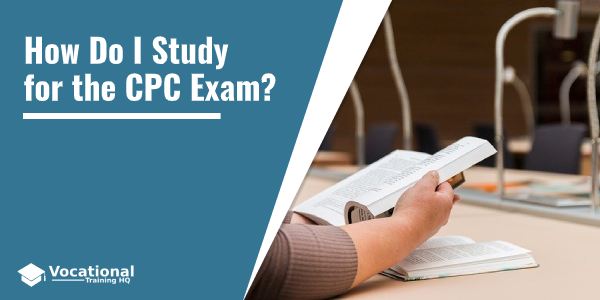A person shared that they completed their medical coding and billing program but never went through to take a test for certification.
They have been working for a year at a doctor’s office and completed their internship there as a receptionist.
The candidate said they really wanted to pursue a career in billing and coding but weren’t sure where to start and how to set up studying for the exam.
So, in this article, we will try to answer this question for anyone who isn’t sure how to get into preparation for the certification exam.
Many professionals in coding and billing have gone through the same experience.
The first thing you need to do is to search through the AAPC website to find their chapter in your area and get in touch with them to gain the site information and date of the CPC exam.
To pass the examination, you need a solid understanding of multiple areas of medical coding.
When opening the test booklet, it’s easy to get overwhelmed.
So, keep your focus on coding guidelines and conventions and avoid getting sidetracked by tiny details.
In the list below, we gathered areas of study that you have to gain a solid understanding before taking your exam:
- Medical terminology: Prefixes/suffixes used for naming medical conditions/procedures.
- ICD-10-CM: Diagnosis code reporting for physician and outpatient, coding conventions and guidelines for reporting of illnesses/conditions/accidents/injuries, and more.
- HCPCS: Alphanumeric designated codes that identify supplies/drugs/temporary codes.
- Modifiers: Two-digit suffix appended to the end of a code to indicate additional services/providers/statuses.
- Radiology Section: X-rays/diagnostic imaging/MRI/PET scan/ ultrasound/nuclear medicine.
- Medicine Section: Covers various procedures for all other medical specialties.
- Anesthesia Section: Understand the types of anesthesia — general/regional/local anesthesia/conscious sedation.
- E&M (Evaluation and Management Visit Codes): Know what visit codes are used in each outpatient or inpatient setting.
- Path & Lab Section: Testing and identification of disease/infections/etiology.
Body Systems:
- Integumentary System.
- Respiratory System.
- Urinary System.
- Musculoskeletal System.
- Eye/Ear System.
- Cardiovascular System.
- Reproductive System.
- Digestive System.
- Endocrine/Nervous System.
There are several courses that AAPC offers on their website to help you prepare for the exam:
- Online Medical Terminology and Online Anatomy Course are two-months courses with a focus on medical terminology and anatomy, which is a fundamental requirement for medical coding certification.
- CPC Preparation Course helps students prepare for a career in medical coding in the outpatient coding field and is available both in the classroom and online.
- Official CPC Certification Study Guide is a detailed review of every section of the CPC exam with practical examples and test-taking techniques.
- CPC Online Practice Exam includes three online practice exams with 50 questions each, following the difficulty level and content of the real exam and is equal to it.
- CPC Review Class is offered at local chapters of AAPC, where official AAPC instructors guide students through the preparation process.
These classes can last from three to eight hours.
You can find more information about the CPC exam preparation on the AAPC official website.
You can also find some free resources online that can help you prepare for the exam.
Read the full guide: How to Become a Medical Biller and Coder

